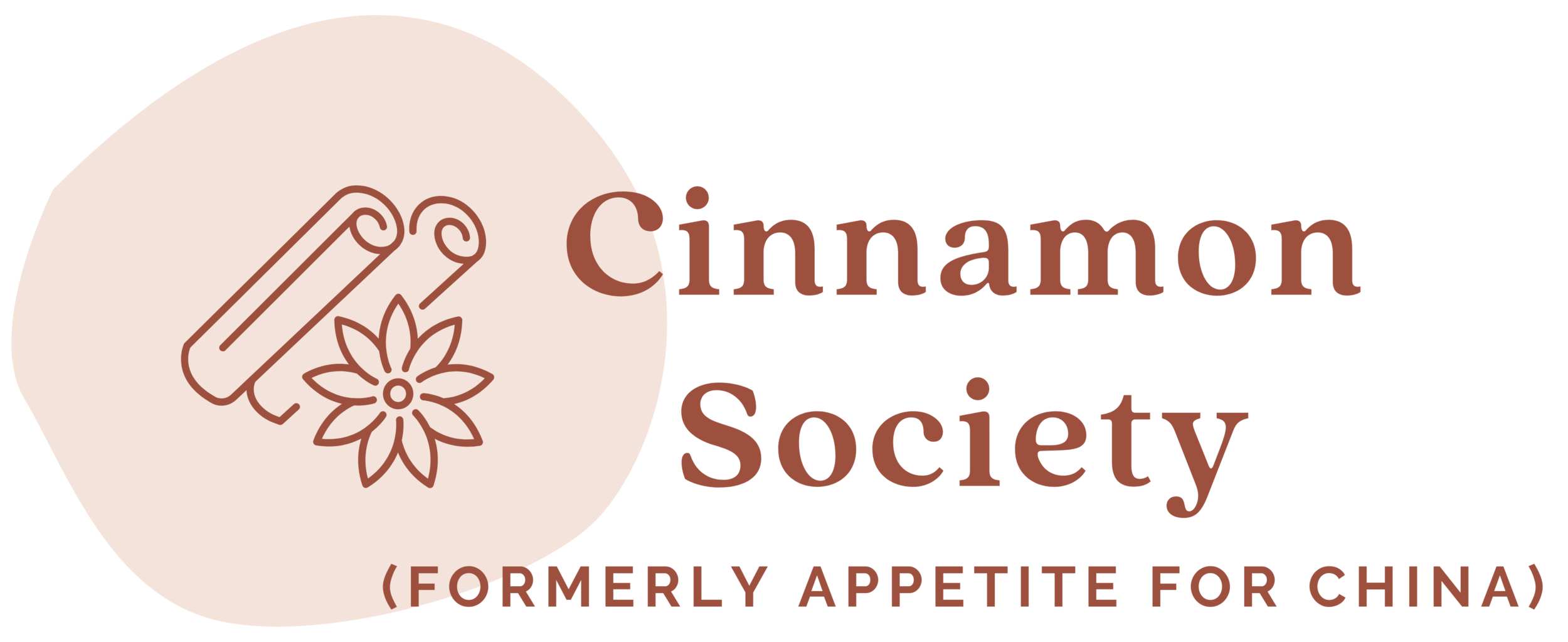These shallot oil noodles look super simple, but words cannot describe how good they are.
Read MoreI had always been morbidly curious about fugu, the Japanese blowfish delicacy that is potentially lethal if incorrectly prepared. The scene in my head plays out like this: a renowned Tokyo insider brings me to a renowned secret hideaway for fugu prepared by a renowned chef. I am excited; I will blog about it, post soft-lit photos on Flickr. But the chef has an off night (fight with the wife, perhaps.) Back in my quaint Lonely Planet-recommended ryokan, three hours after the mindblowing meal, tetrodotoxin paralyzes me and I fall over. Death by gourmandism is a noble death, but still a death.
Still, there are plenty of more common ways to pass on. (Struck by Hong Kong's warp speed double deckers, for example.) And the brightly lit, white tableclothed dining room of Lei Garden, being surrounded by Cantonese chitchatting relatives, seemed to be an unlikely set-up for the last minutes of my life. So when passed the plate of dried fugu with what looked like a honey sheen, I thought nothing of plopping a few strips into my mouth.
Read MoreI have written before about Lan Fong Yuen, the food stall in Hong Kong where pantyhose milk tea was supposedly invented. Sure, it's crowded, gets a lot of tourists, and makes you wait just to snuggle next to strangers. But I love that they still make their milk tea the old-fashioned way, by straining it through stocking-like nets. I also love that everyone can watch. Though the tea guy usually moves so fast that I haven't been able to get a better photo than the one I took in 2006.
At least I can console myself with some nice food close-ups. The pork chop bun up top is one of Lan Fong Yuen's specialties. Pork chop buns (a burger with a fried pork cutlet) originated in Macau, but in the past few decades have become standard cha chaan teng fare in Hong Kong. I still like the Macanese version better, since the bread is a crusty Portuguese roll instead of a sesame bun. But the pork matters most. If I'm in the mood for something fried, juicy, and porky, the wrong bread will not deter me.
Have you ever tried Hong Kong-style French toast? This is another greasy comfort food favorite. Forget whole grain or rye or other healthy brown breads. This one is puffy Chinese white bread dipped in an egg wash, pan-fried, and smothered with butter, peanut butter, or sweetened condensed milk. Lan Fong Yuen's is rich, but tame in comparison.
Read MoreMongkok in Kowloon is more known for its markets and red-light district than restaurants. So earning a Michelin star was a huge achievement for the 4-year-old Ming Court in Langham Place Hotel. Sure, there was some controvery last year when the first Hong Kong Michelin guide came out, over how Michelin ignored more Chinese-oriented, low-end restaurants with fabulous food.
But really, we all know that Michelin always skewers high end, no matter which country, and has certain standards for service and cleanliness. It won't give a star to my favorite dai pai dong, which doesn't fit with the Michelin image. For great local picks I'll turn to HK guides or my family, but there's no denying a Michelin rating is great international press for a restaurant.
Ming Court's lunch and dinner menus vary from very traditional (braised sea cucumber) to nouveau Cantonese (fried lobster with cheese, plus abalone sauce and angel hair pasta). Their dim sum, however, consists of classic dim sum dishes with a twist. My favorites of the morning were pan-fried buns stuffed not with pork but minced mushrooms (first photo.) They were as fluffy as you'd expect dim sum buns to be, with a perfectly crispy, golden brown bottom studded with white sesame. I also had a nice dish of fried crullers wrapped into cheong fun (wide rice noodles), usually two separate dishes, with soy sauce and vinegar poured on top. The standard har gow, siu mai, and regular cheong fun are also available
Read MoreI was on a sugar high during my stay in Hong Kong. I blame the milk tea.
Hong Kong-style milk tea is in a class of its own, different from other forms of milk tea you're likely to encounter. Also called pantyhose milk tea or silk stocking milk tea, it gets the signature intense, smooth flavor from the being strained back and forth through a long cloth sieve that resembles women's stockings. In this episode of an HK food show on Youtube (in Cantonese only), the proprietor of one cafe explains how he uses a blend of six types of tea leaves and boils and strains the tea eight times. At the end, evaporated milk and a heaping spoonful of sugar is mixed in to create the final cup of pure caffeinated bliss.
Granted, pantyhose milk tea, known as "si mut naai cha" in Cantonese, can get a bit heavy at times. But for me, it's about as addictive as Vietnamese coffee and Thai iced tea. Since I can't get milk tea this good in Beijing, I spent my trip in Hong Kong indulging in this thick, sweet concoction in almost every shape and form.
For the summer time, of course, there's iced milk tea, best drunken on a lazy afternoon in a cha chaan teng with a newspaper and pineapple bun. But some cha chaan tengs (Cantonese cafe/diner), acknowledging that melted ice can dilute the tea too much, have devised some quirky ways to keep the drink cold without flavor loss. One spot I visited serves their milk tea in plastic cups nestled in bowls of ice. In the aforementioned Youtube video, the shop makes its ice cubes out of the same hand-pulled milk tea.
Read More
